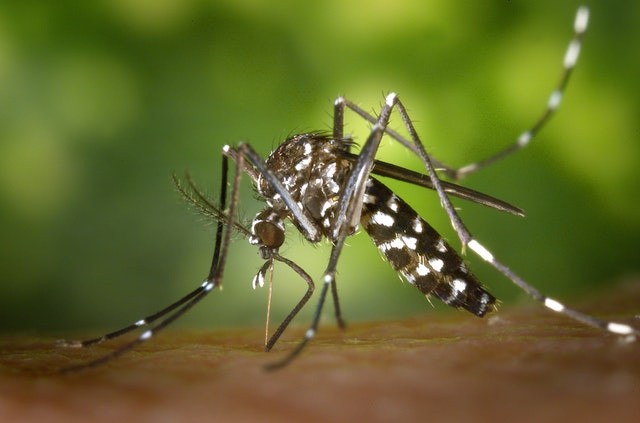New mosquito species from Asia is set to ignite major problems in East African cities. A new research release has shown that the Asian mosquito species are invariably vulnerable to the local strains of malaria in East Africa. Scientists have discovered that these species of Mosquitoes have invaded some major East African cities and are becoming increasingly rampant In certain urban environments. This further explains the fear that this invader could cause in urban malaria cases found in east Africa.

In the current years, Anopheles stephensi, the major malaria vector in urban India and some parts of Asia invaded some parts of East Africa and became intensively sufficient in some towns and cities across Ethiopia, Sudan, and Djibouti.
Originally, most malaria cases in Africa are caused by the mosquito species called Anopheles gambiae and Anopheles funestus, which act as highly powerful vectors that carry the parasites from one person to another. Although the new mosquito species is not very powerful at dissipating malaria, it is well-adjusted to urban conditions as it can easily grow or breed in water-storage containers and not just natural bodies of water.
ALSO READ - Scientists Lets Mosquito Bite Him For Research
New Research Finds Another Burdening Factor To This Dangerous Species
A new research was recently published in the Centers for Disease Control and Prevention journal Emerging Infectious Diseases. It highlighted how it has seen another worrying factor to this disturbing species forming up in Africa: it says that it has the capability of picking up local malaria parasites.
An experiment was conducted by the researchers. They collected a colony of An. stephensi and An. arabiensis mosquitoes from the local water sources found in Ethiopia, they then took them to the dark and fed them with some fresh blood from patients with Malaria disease. To their very surprise, they found out that most significantly a higher proportion of invasive An. stephensi mosquitoes contaminated the malaria parasite compared to the native An. arabiensis mosquitoes.
Teun Bousema, a study author and Professor of Epidemiology of Tropical Infectious Diseases at Radboud University Medical Center in the Netherlands, said in a statement. " Just to help us check whether the local malaria parasite can formulate in the new mosquito, we had to perform a mosquito feeding experiment with the blood of an Ethiopian malaria patient but shockingly, the Asian mosquito turned out to be more vulnerable to local malaria parasites than our Ethiopian mosquito colony. The mosquito is an extreme and efficient spreader of the two main species of malaria."

Awareness by WHO
The World Health Organization has told the world about the complications of this invasive mosquito. Though the risk of this new dangerous mosquito isn't yet so clear, their report which was released in 2019 had clearly shown the conceivable risk of this invasive Asian species appearing in the horn of Africa. They've hereby advised on possible action with the aim and urgency of eliminating the species from the invaded areas.
Dr. Fitsam Tadesse, a lead study author from the Radboud Institute for Health Sciences said that the possible way to target this mosquito should be approached aggressively and should be a maximum priority.
"The urgency in our action is what will prevent the spread of these mosquitoes to other urban areas on the continent. The mosquito larvae must be duly targeted in places where it currently occurs. It should be prevented from spreading over long distances like airports and seaports. If this fails, the risk of urban malaria will rise in large parts of Africa." He further stated.
RELATED ARTICLE: Volcanic Glass Could Potentially Control Mosquito Population
For more news, stories about mosquitos and similar topics, don't forget to follow Nature World News!
© 2026 NatureWorldNews.com All rights reserved. Do not reproduce without permission.





